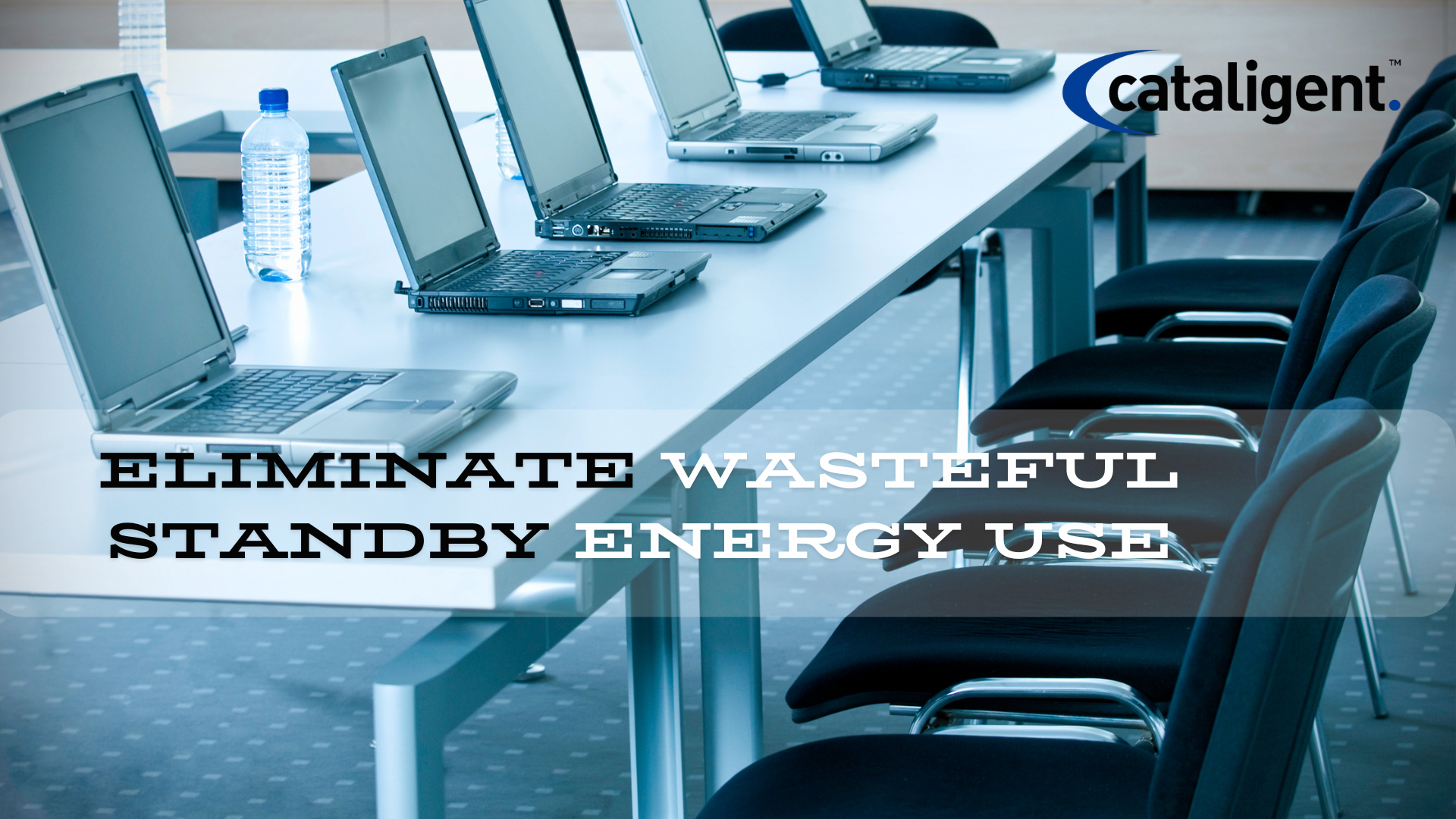Introduction
Idle energy consumption occurs when electrical devices and systems remain powered on but are not actively in use. This phenomenon, also known as standby power or phantom load, contributes to unnecessary energy waste and inflated utility costs. Many organizations and households overlook idle energy consumption but addressing it can lead to significant financial savings and environmental benefits.
This document explores the concept of idle energy consumption, its cost-saving impact, and strategies for reducing unnecessary power use.
What It Involves
Reducing idle energy consumption involves identifying energy-draining devices and implementing measures to eliminate or minimize their power use when not needed. Common sources of idle energy waste include:
- Computers and office equipment: Printers, monitors, and desktop computers left running overnight.
- Lighting systems: Unused lights left on in unoccupied rooms.
- Machinery and appliances: Industrial and commercial equipment running during non-operational hours.
- Consumer electronics: Televisions, gaming consoles, and chargers plugged in when not in use.
- HVAC systems: Heating and cooling units running at full capacity when a facility is empty.
By identifying these sources, businesses and individuals can implement targeted strategies to reduce idle energy consumption.
Cost-Saving Impact
Idle energy waste significantly contributes to high electricity bills. The financial benefits of reducing standby power include:
- Lower Utility Costs: Turning off unused devices can lead to a reduction in electricity consumption by up to 10%, according to energy efficiency studies.
- Extended Equipment Lifespan: Reducing unnecessary operation decreases wear and tear, delaying costly replacements and maintenance.
- Decreased Environmental Impact: Lower energy consumption reduces carbon footprints and supports sustainability goals.
- Improved Operational Efficiency: Organizations that optimize energy use can allocate savings to other business improvements or investments.
Implementation Strategies
1. Power Down Unused Devices
One of the simplest and most effective ways to reduce idle energy consumption is to turn off devices when they are not in use.
- Shut down computers, printers, and monitors at the end of the workday.
- Encourage employees to power down equipment in offices and factories.
- Unplug infrequently used appliances to prevent phantom load.
2. Use Smart Power Strips and Automatic Shut-off Features
Smart power strips help cut off power to devices that are not in use. These solutions include:
- Timed power strips that shut off at predetermined intervals.
- Motion-activated outlets that turn off devices when no activity is detected.
- Smart plugs that allow remote control of appliances and equipment.
3. Implement Energy-Efficient Lighting Controls
Lighting accounts for a significant portion of idle energy waste. To optimize lighting efficiency:
- Install motion sensors in rooms that are not continuously occupied.
- Use timers to switch off outdoor and commercial lighting during non-business hours.
- Encourage the use of natural light to reduce reliance on artificial lighting.
4. Optimize HVAC System Usage
HVAC systems are among the largest consumers of electricity. To prevent idle energy waste:
- Use programmable thermostats to adjust temperatures based on occupancy schedules.
- Close vents in unoccupied rooms to reduce unnecessary heating or cooling.
- Perform regular maintenance, such as cleaning air ducts and replacing filters, to ensure efficiency.
5. Educate Employees and Occupants
Behavioral changes play a critical role in reducing idle energy consumption. Awareness campaigns can help reinforce energy-saving habits such as:
- Turning off lights when leaving a room.
- Unplugging chargers and devices when not needed.
- Utilizing energy-saving settings on office and household electronics.
Conclusion
Reducing idle energy consumption is a cost-effective strategy for lowering electricity bills, extending equipment lifespan, and supporting sustainability efforts. By implementing smart power management strategies, optimizing HVAC and lighting systems, and encouraging behavioral changes, organizations and individuals can significantly cut unnecessary energy expenses.
Proactive energy management ensures long-term savings and contributes to a more sustainable and responsible approach to resource consumption.

